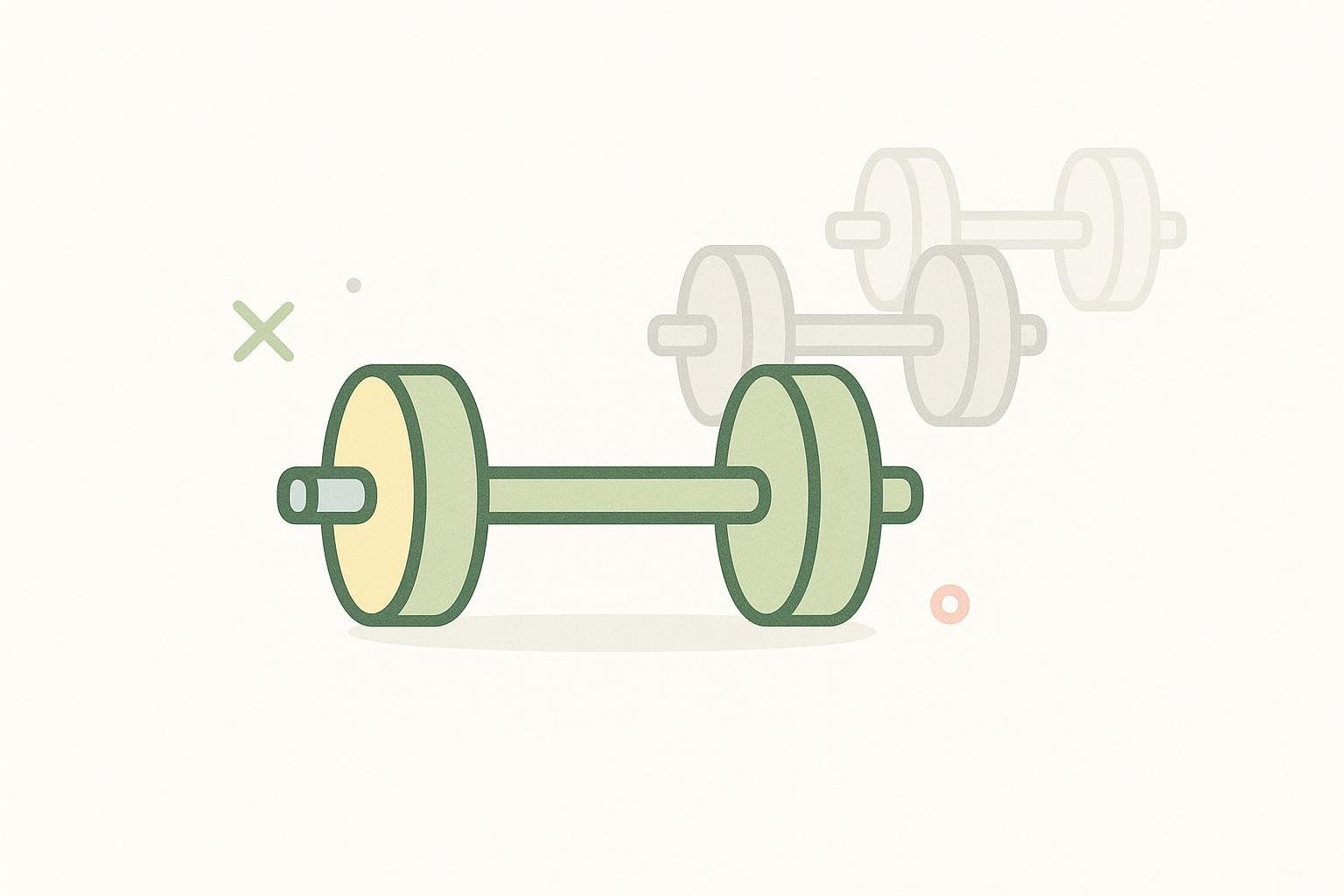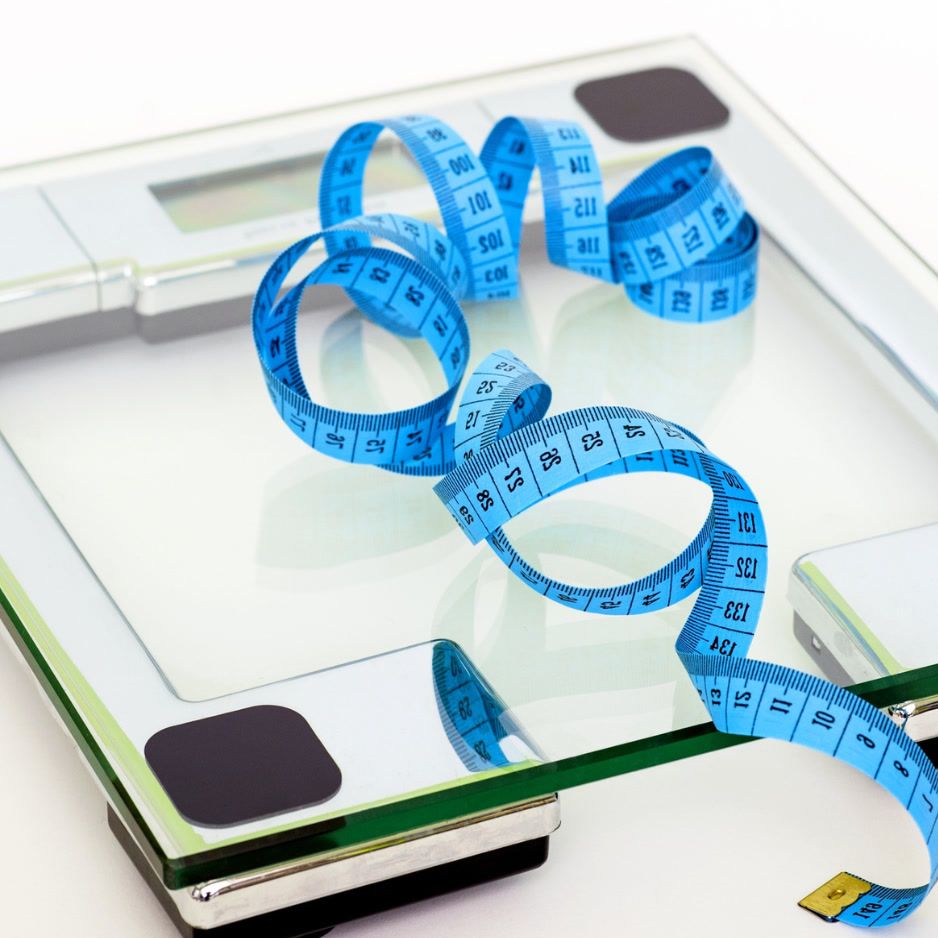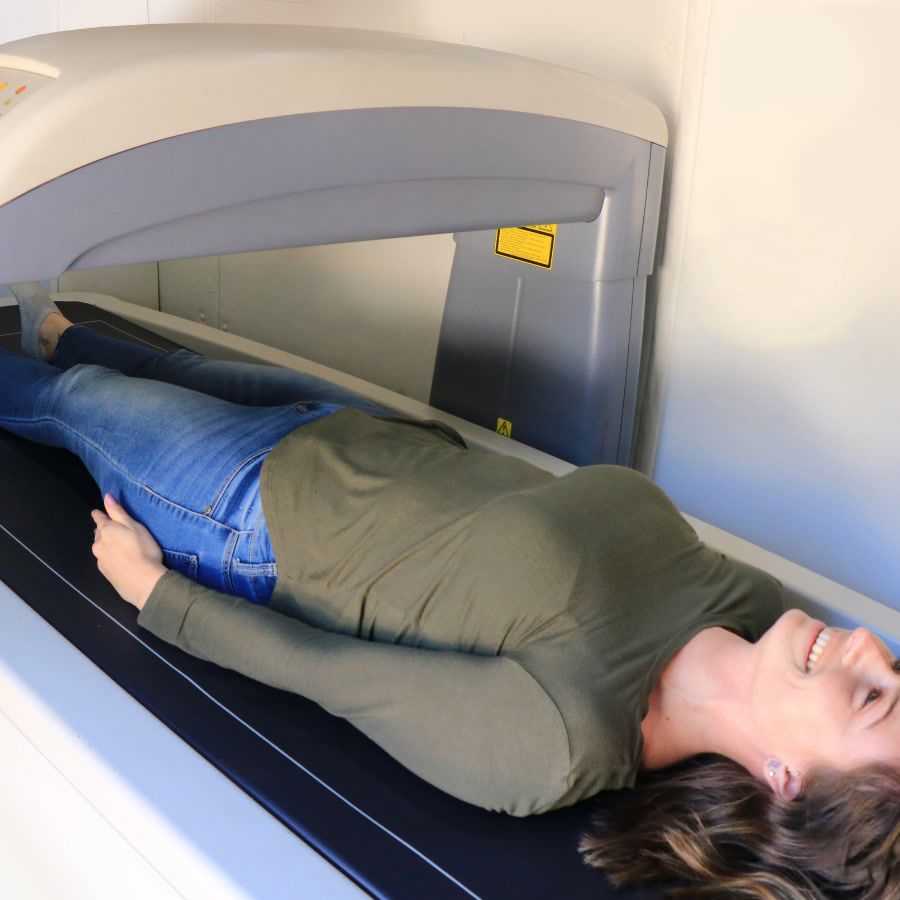Rate of Perceived Exertion: Practical Guide and Calculator

Rate of Perceived Exertion: Practical Guide + Calculator
Want a simple way to dial in workout intensity without fussing over devices? The rate of perceived exertion (RPE) is your built‑in intensity meter. When you learn to listen to effort, you can pace runs, regulate strength sets, and recover smarter. That holds whether your watch is dead, your chest strap is at home, or you’re on medications that blunt heart rate.
Quick answer:
- What it is: A 0–10 or 6–20 scale for rating how hard exercise feels subjectively.
- Cardio: Easy RPE 3–4, Moderate RPE 5–6, Hard RPE 7–8.
- Lifting: Aim most sets at RPE 7–9 using reps‑in‑reserve (leave 1–3 good reps).
What is RPE—and why use it?
RPE is a simple way to rate how hard exercise feels, blending your breathing, muscle fatigue, and overall strain into a number you can act on in the moment. It’s used in clinics and coaching because it predicts internal load well, even when wearables or lab tools aren’t available. For a plain‑language overview, see the Cleveland Clinic’s explainer on RPE. RPE is especially helpful if heart rate monitors are inaccurate for your activity or if medications like beta‑blockers dampen HR response—your effort signal still gets through.

Bottom line: RPE works. A large systematic review and meta‑analysis found strong correlations between RPE and objective intensity during resistance exercise (pooled validity coefficient r≈0.88).
The three most‑used RPE scales
Different RPE scales exist for different jobs. Pick one and stick with it so your anchors stay consistent.

1) Borg 6–20 Scale
- Range: 6 (no exertion) to 20 (maximal)
- Why 6–20? It was designed so RPE × 10 roughly corresponds to heart rate in healthy adults, e.g., RPE 13 ≈ 130 bpm (NASM overview).
- Practical anchor: 12–14 feels “moderate/somewhat hard,” great for steady aerobic work (Cleveland Clinic RPE guide).
2) Borg CR10 Scale
- Range: 0 (no exertion) to 10 (maximal) with verbal anchors (e.g., “moderate” ~3–5)
- Use cases: Favored in rehab and for dyspnea/pain ratings; see the Borg CR Scales folder for standardized anchors and instructions.
3) Modern 0–10 “Training” Scale
- Range: 0 (rest) to 10 (max)
- Why it’s popular: Easy to pair with the public‑health “relative intensity” model—on a 0–10 scale, moderate feels like 5–6; vigorous starts at 7–8 (CDC guidance).
Quick calibration: make RPE match your reality
Do this once to set your feel for your chosen scale:

- Warm up 8–10 minutes easy.
- Complete 3 × 2‑minute steps at progressively harder efforts with 2 minutes easy between. After each step, note your RPE and breathing:
- Step 1 (RPE 3–4 / CR10 ~1–2 / Borg ~10–11): “I can talk in full sentences.”
- Step 2 (RPE 5–6 / CR10 ~3–4 / Borg ~12–14): “I can talk in short phrases.”
- Step 3 (RPE 7–8 / CR10 ~5–7 / Borg ~15–17): “I can only get out a few words.”
- Cool down easy.
- Jot down conditions (sleep, caffeine, heat). Your perception shifts with context—note patterns over a few sessions.
Pro tip: If you train with heart rate, compare your notes to your zones. Over time, your RPE and HR should begin to align. See Heart Rate Zones: How to Calculate & Train Smarter.
Cardio with RPE: zones, intervals, and long runs
Use one scale consistently. Below is a universal translation—adjust to your own responses.

- Recovery / Easy Aerobic (RPE 3–4): Very easy; you can hold a full conversation. Use this for warmups, cooldowns, and recovery between intervals.
- Moderate / “All‑day” Pace (RPE 5–6): Feels steady and sustainable; you can speak in phrases. Make this the bulk of your weekly aerobic minutes.
- Threshold / Tempo (RPE 7–8): Hard but controlled; you can get out only a few words. Ideal for tempo runs, cruise intervals, and sustained climbs.
- VO₂ / Anaerobic Intervals (RPE 9–10): Very hard to maximal; breathing is the dominant limiter. Use for short, fast repeats with long recoveries.
- Maximal Efforts (RPE 10): All‑out for brief bouts. Best for testing, finishes, and occasional sprints.
Programming tips:
- Weekly dose: Adults should accrue 150–300 minutes/week of moderate or 75–150 minutes/week of vigorous aerobic activity (CDC guidance).
- Mixed sessions: Intervals can feel harder than steady‑state at the same average effort, but your RPE anchors still work. This relationship also holds for continuous vs. alternated‑intensity cycling, according to research on different cycling protocols.
- Intervals by feel: On days your HR lags (heat, caffeine, fatigue), run intervals by RPE to hit the intended system without overcooking.
Link your zone work to cardio goals—see VO₂ Max: How to Improve It for evidence‑based interval structures.
Strength training with RPE: the RIR connection
In the weight room, RPE pairs naturally with reps in reserve (RIR)—how many good reps you had left when you ended the set. This gives you a precise, fatigue‑aware way to set load and volume.
| RPE | Reps in Reserve (RIR) |
|---|---|
| 4 | ~6 RIR |
| 5 | ~5 RIR |
| 6 | ~4 RIR |
| 7 | ~3 RIR |
| 8 | ~2 RIR |
| 9 | ~1 RIR |
| 10 | 0 RIR (to failure) |
Research supports this method for RIR‑based autoregulation and set‑by‑set prescription in resistance training.

Programming examples:
- Hypertrophy blocks: 3–5 sets of 6–12 reps at RPE 7–9 (3–1 RIR); leave 1–2 reps in the tank on complex lifts to preserve quality.
- Strength focus: 3–6 sets of 2–5 reps at RPE 8–9; use singles at RPE 7–8 to practice heavy technique without accumulating fatigue.
- Power work: Cap sets around RPE 4–6 to protect bar speed—stop a set once speed drops noticeably.
Special cases and clinical notes

- Beginners: Expect RPE to feel inconsistent at first. Anchor with the talk test: moderate feels like you can talk but not sing; vigorous is only a few words at a time. Consistency tightens your internal gauge within a few weeks.
- On beta‑blockers or HR‑blunting meds: Favor RPE and the talk test to guide intensity; beta‑blockers blunt heart‑rate response, so HR‑based zones can read artificially low (American Heart Association). Our Heart Rate Zones: How to Calculate & Train Smarter article explains practical adjustments.
- Rehab/clinical populations: The CR10 scale is widely used to track breathlessness, angina, and exertion in monitored settings with standardized anchors (Borg CR Scales folder).
Step‑by‑step: a 2‑week RPE onboarding plan

Week 1: Establish anchors
- Easy sessions (2x): Hold a pace you could sustain for an hour → RPE 3–4.
- Intervals (1x): 6 × 1 minute @ RPE 7–8, 2 minutes easy between.
- Strength (2x): Main lifts to RPE 7–8 (leave 2–3 reps), accessories at RPE 8–9.
Week 2: Refine control
- Threshold (1x): 2 × 8–10 minutes @ RPE 7–8, 3 minutes easy.
- Long easy (1x): 45–75 minutes @ RPE 3–4.
- Strength (2x): Nudge load to hit prescribed RPEs based on how you feel that day.
Retest: Compare how your perceived “RPE 6” lines up with your usual pace/HR. Adjust anchors if you routinely overshoot or undershoot.
RPE Scale Reference Charts
Borg 6�–20 Quick Guide (Cardio)
| RPE Value | Description |
|---|---|
| 10–11 | Easy warmup, full conversation |
| 12–14 | Moderate, sustainable, phrases |
| 15–17 | Hard intervals or tempo, few words |
| 18–20 | Very hard to max, single words |
CR10 Quick Guide (Clinical/Breathing Focus)
| RPE Value | Description |
|---|---|
| 0–1 | Rest to very light, can sing comfortably |
| 2–3 | Light, full conversation |
| 4–5 | Somewhat hard, short phrases |
| 6–7 | Hard, few words |
| 8–9 | Very hard, single words |
| 10 | Maximal, all out |
Modern 0–10 Quick Guide (Everyday)
| RPE Value | Description |
|---|---|
| 3–4 | Easy, full conversation |
| 5–6 | Moderate, phrases |
| 7–8 | Hard or Threshold, few words |
| 9–10 | Very hard to max, single words |
FAQs
-
Is RPE “accurate” enough to guide training?
Yes. Across modalities, RPE correlates strongly with physiological intensity and is robust for day‑to‑day programming decisions. See this systematic review and meta‑analysis. -
Which scale should I choose?
For general training, 0–10 is simple and aligns with the CDC’s relative intensity model (CDC guidance). For cardio anchored to HR, Borg 6–20 is useful. For rehab or breathlessness‑dominant work, CR10 is widely recommended (Borg CR Scales folder). -
Will RPE replace my watch/HR strap?
No—but it complements devices and keeps you honest when sensors lag or meds alter HR. Use both when you can; use RPE alone when you can’t. -
How often should I train by “hard” RPEs?
Most aerobic volume should be easy‑to‑moderate (RPE 3–6), with 1–3 hard sessions per week depending on experience and recovery.
Connecting RPE to objective results

To make perceived effort translate into real progress, pair RPE‑guided training with objective data. A DEXA body composition scan gives you precise fat, lean, and visceral fat baselines—see our complete DEXA guide. Our DEXA systems offer validated, repeatable results to track these changes with precision. As detailed in our DEXA accuracy guide, scans are accurate to within ±0.5 percentage points for body fat. For cardio, calibrate intensity with Heart Rate Zones: How to Calculate & Train Smarter, and build performance with VO₂ Max: How to Improve It. Ready to turn “how it feels” into “what it changes”? Book your scan and make your next training block the most focused one yet.


